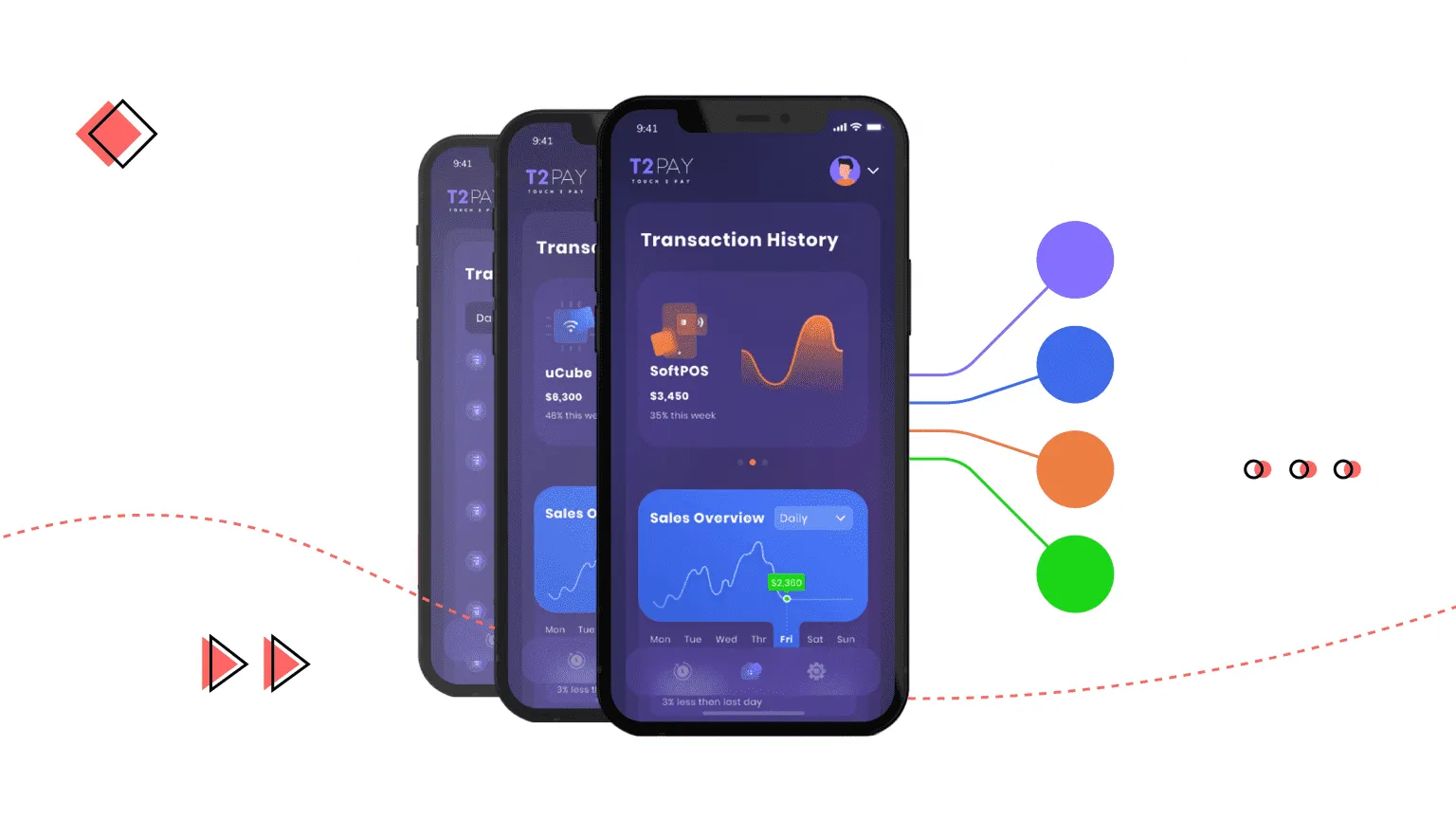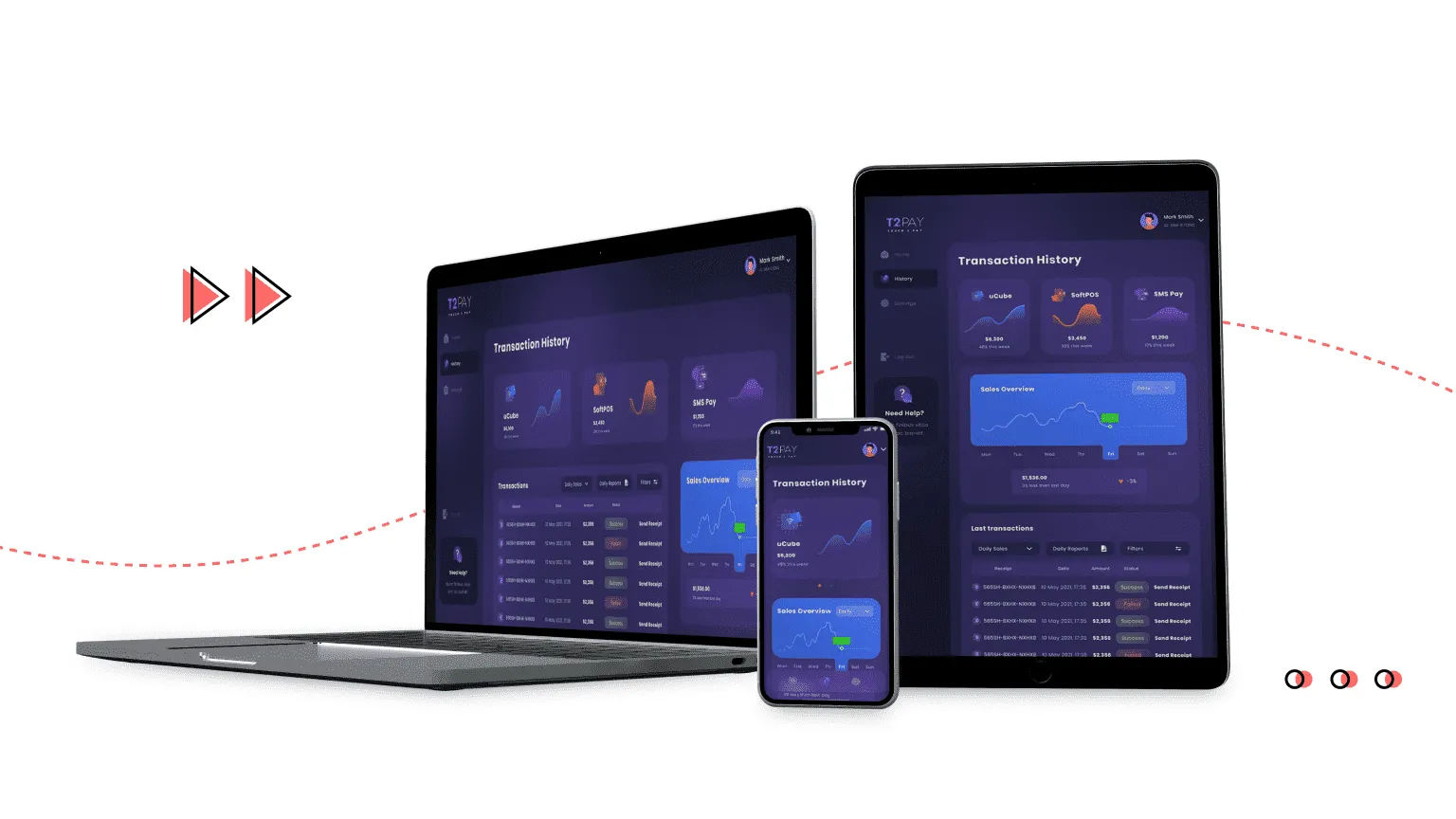UX design is the development of valuable and straightforward apps that increase user loyalty to a brand. It is prevalent today in the field of financial technology as the fintech applications market is expanding. Famous companies introduce the latest innovations such as ecosystems, AI, and paperless services. Such applications make people’s lives easier, but they can also make it even more complex if poorly designed. Thus, we will tell you how to make a technologically advanced and convenient fintech app design in this article.






